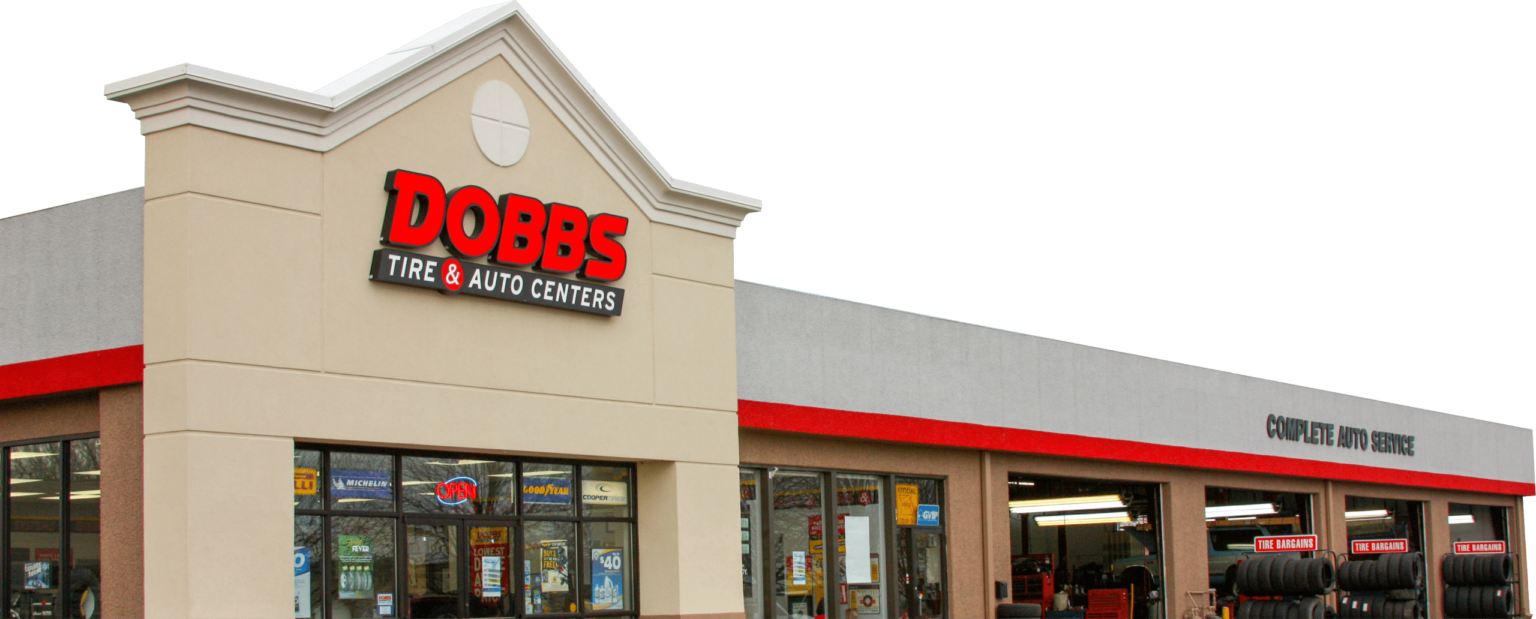Belts & Hoses
What are Belts & Hoses?
Your engine is a machine in motion, converting the explosive energy from gasoline or diesel fuel into reciprocating motion. In turn, the crankshaft converts that reciprocating motion into rotary motion. Nearly everything else in the engine is rotary, such as the camshafts and water pump. Engine accessories, such as the air conditioning compressor and alternator, aren’t driven directly by the crankshaft, but by drive belts, sometimes more than one. V-belts used to be more common, but today’s engines typically drive everything off one or two multi-V or “serpentine” belts.
Additionally, the engine generates a lot of heat. Some heat is good, because it helps to vaporize the fuel faster and oil flows better when warm. On the other hand, excessive heat can be damaging to the engine. To remove this excess heat, the engine cooling system uses a water pump to drive coolant through a network of hoses and radiators. The heater core, a small radiator inside the cabin, provides heat for the passengers.
Why are Belts & Hoses Important?
Made of nylon-reinforced rubber, hoses are constantly subjected to high temperatures and pressures – from -50 °F to 265 °F and 16 psi, depending on the car. If a hose leaks or bursts, the car could quickly overheat, in some cases catastrophically.
Drive belts are also constructed of nylon-reinforced rubber, sometimes with added metals for strength. When the engine is running, these belts are in constant motion, using engine power to drive accessories such as the power steering pump, air conditioning compressor, and alternator. Some drive belts may drive the water pump or cooling fan. If the belts are loose or broken, those accessories will not work. In the case of the alternator, the battery would quickly drain, leaving you stranded. If the belt drives the water pump or fan, your engine may overheat.
What are Some Common Problems with Belts & Hoses?
Because of their construction and exposure, both belts and hoses tend to wear out over time. Here are some common problems that may indicate you need to ask your technician about belts or hoses.
- If you see coolant under your vehicle, usually green, yellow, or blue, you may have a coolant leak. Hoses are one of the most common failure points.
- If your engine is overheating, or you have no cabin heat, a failed hose may be the culprit.
- If you hear a squeaking or squealing sound while the engine is running, you may have a slipping belt. Tightening or replacing the belts may be required.
- If the battery warning light comes on, a slipping or broken belt may not be driving the alternator. The battery will quickly drain in this condition.
What can Dobbs Tire & Auto Centers Do for You?
There are many moving parts under the hood of the modern automobile. Dobbs Tire & Auto Centers employs ASE-Certified automobile repair technicians that understand these drive systems and cooling systems. While most belts and hoses aren’t listed as a maintenance item, it is a good idea to have them checked at least every six months. Our technicians will thoroughly inspect your belts and hoses for wear and function and advise you if they require replacement or adjustment. Because of their importance, it is usually not a good idea to let worn belts or hoses go unchecked.
“You Can Depend on Dobbs” – Dobbs Tire & Auto Centers, Home of the Fixed Forever Service Warranty. Locally and Family Owned Since 1976
